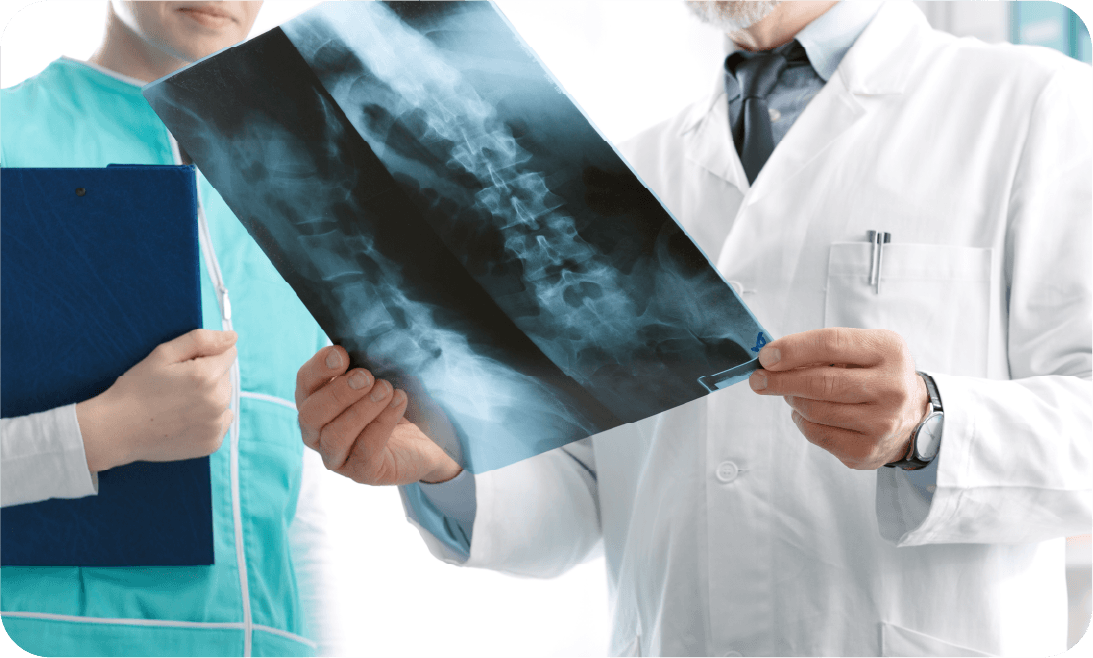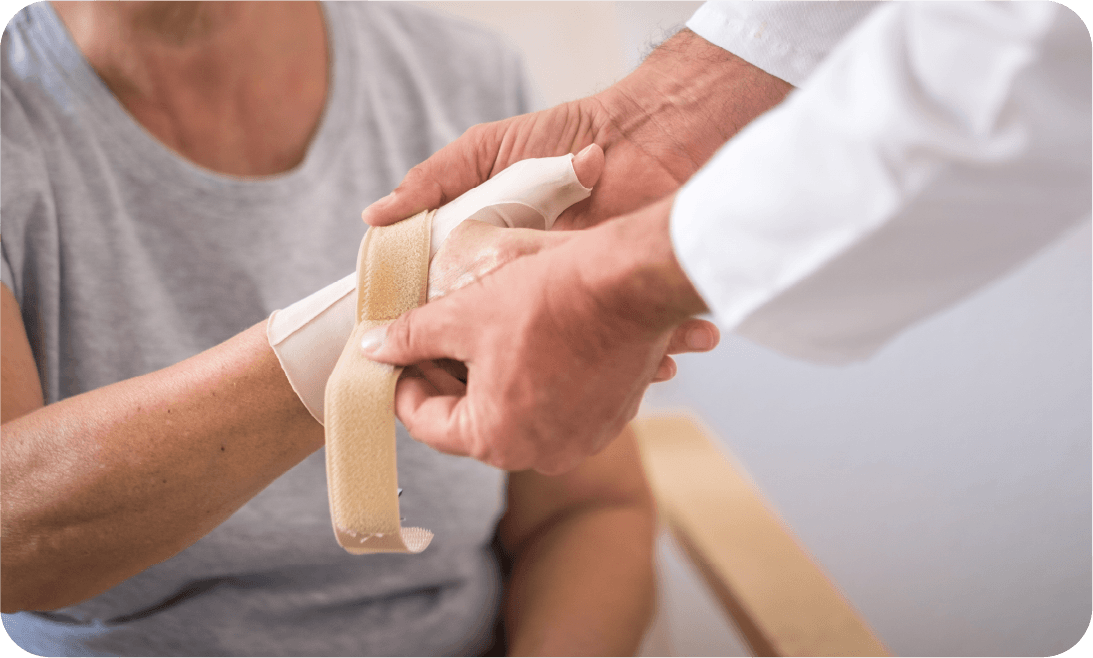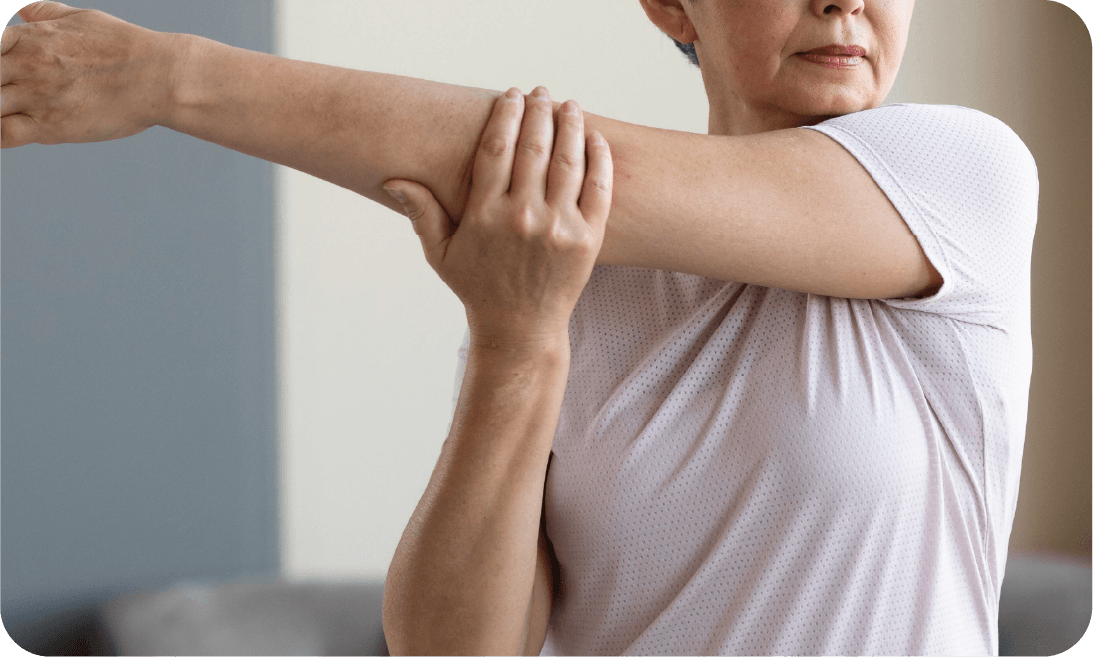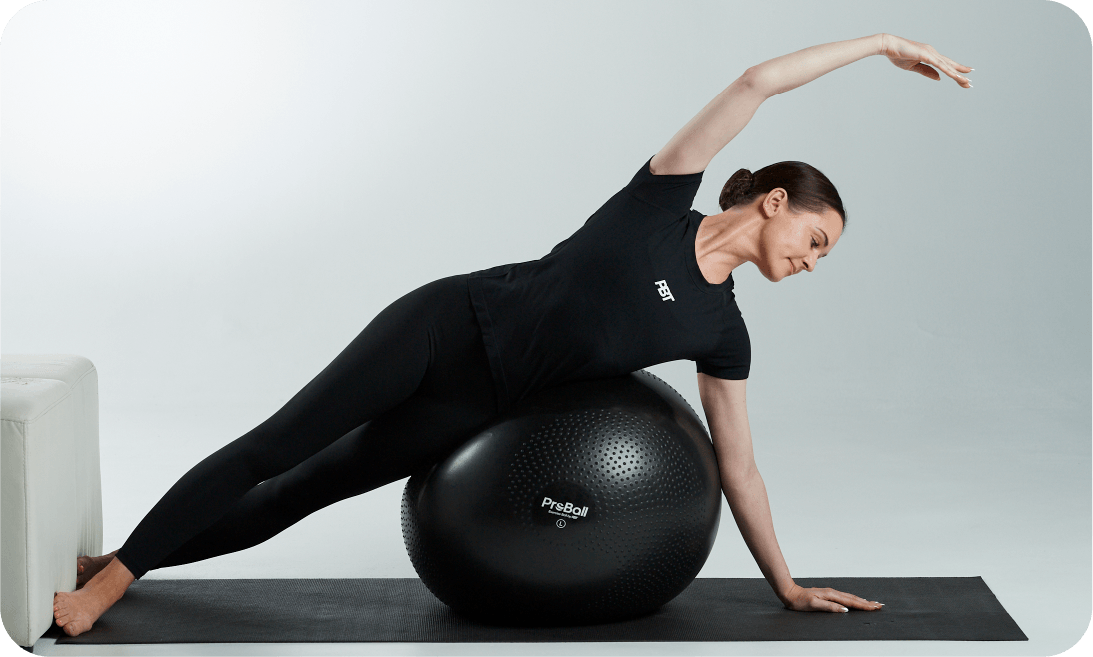World Osteoporosis Day
Affecting more than 50% of women aged 50+ and 20% of men globally, osteoporosis can have devastating physical, mental and socioeconomic effects leading many to beg the question what can we do?
Join PBT this October 20th in celebrating World Osteoporosis Day, an inspiring initiative created by the International Osteoporosis Foundation to increase awareness for and promote preventative action against the disease.
What is Osteoporosis?

Osteoporosis refers to the weakening of bones to the extent that a sudden moment of impact like a fall or hit can cause the bone to fracture. Though bone density tends to decrease anyway as we age, osteoporosis dramatically expedites this process, leaving those afflicted more vulnerable to bone breaks and other joint issues.
Who Does Osteoporosis Effect?
According to the Royal Osteoporosis Society, women over the age of 50/postmenopausal women are at the greatest risk of developing the condition. This is because during menopause and the subsequent years after, women on average lose 10% of their bone density as a result of drops in estrogen levels. Since estrogen plays a major role in suppressing bone breakdown by inhibiting osteoclast (bone breaking cells) activity and promoting osteoblast (bone building cells) activity, a reduction in this crucial hormone can make women more susceptible to fractures.
However, it is important to note that while the majority of those affected tend to be older women, the condition does not discriminate. Men, children and younger adults are just as capable of developing the disease.
Risk Factors

Osteoporosis is caused by a range of different factors and circumstances. Recognising and understanding these risk factors is crucial to preventing the disease long term.
Common risk factors for osteoporosis include: having a low BMI (below 18.5 in adults), living a sedentary lifestyle, heavy alcohol consumption, steroid abuse, smoking and having or having had an eating disorder such as anorexia. The disease is also highly heritable meaning genetics play a huge role in determining susceptibility to bone fractures with one study suggesting that genetics accounts for up to 85% of bone mass density variation in individuals. As a result, those who have a family history of osteoporosis are more likely to develop the condition.
Dancers, particularly female professionals, are among those more susceptible to osteoporosis. Due to the extreme physical demands and aesthetic pressures placed upon female dancers, many have a low BMI, leading to the delaying of or stopping of their menstrual cycle. The severity of this can not be overlooked as reflected in one study that linked delayed menarche (first period) and Amenorrhea (absence of a period) to reduced bone mass density in the lumbar spine - a risk factor for developing osteoporosis later in life.
Preventing Osteoporosis

Fortunately, osteoporosis is preventable and with the right support and guidance, those more prone to the condition can learn to slow down if not, effectively manage their symptoms.
Regular exercise, eating a calcium rich diet and ensuring you maintain a healthy BMI for your gender and ethnicity is crucial to reducing the risk of developing the disease. Lifestyle changes, including stopping smoking and limiting alcohol consumption may also be highly effective in minimising symptoms. Bone mass density scans are also available for those concerned and recent pharmacological advancements including the approval of Abaloparatide in some countries could signify a real breakthrough for treating osteoporosis in postmenopausal women.
Amongst dancers, more needs to be done to address the prevalence of eating disorders should we hope to combat risk factors. It is no secret that the industry has a history of perpetuating unhealthy body types but times have changed since the days of Balanchine and dancers and directors much change with them. It Is now the responsibility of dance educators and their students to prioritize health and longevity over outdated aesthetics to ensure that the next generation can continue to excel in their craft and their craft with them.
The Power of Mind-Body Exercise
We all know that exercise is good for us: it makes you stronger, keeps you fit and protects your heart but how can it help your bones? When we run, jump, walk and climb, stress is applied to the joints, promoting osteoblast (bone building cells) activity and bone formation. Exercise like resistance training has long been recognised as key to increasing bone mass density due to the degree of axial loading required. However, recent studies have also found mind-body exercise like yoga, Tai Chi and PBT training to be greatly effective in managing, if not preventing osteoporosis.
Preventing Osteoporosis with PBT
Mind-Body exercise simply refers to any exercise that requires both physical movement and mental focus to achieve the desired outcome. Through increasing the individual’s flexibility strengthening their balance and enhancing their proprioception, Mind-Body exercise like PBT plays a crucial role in preventing falls and subsequent fractures as well as inhibiting osteoclast (bone breaking cells) activity.
Within the PBT program, we address the fundamental aspects of dance and physical health including: strength, stability, proprioception, alignment and control. Children, pre-professionals and maturer adults will be expertly led through a series of exercises designed to deepen their physical awareness while enhancing their mind-muscle connection. Stability exercises, resistance exercises and technique-focused classes set to energising musical accompaniments support individuals of all abilities in strengthening their bodies and bones, whilst never losing sight of what dancing is really all about: enjoyment and freedom of expression.
Takeaways:
As shown by the establishment of TROS’s Dance for your Bones program, dance can be a valuable component in managing and preventing osteoporosis, providing physical, mental and social benefits to participants. Although, there is clearly more work to be done, preventative measures have been found and people who are at risk or suspect themselves to have developed the disease would greatly benefit from implementing some of the management strategies discussed in this blog.
Here at PBT, we pride ourselves in fostering a generation of healthy, strong dancers with the knowledge and awareness needed to sustain a long and dynamic career and bone health is fundamental to that longevity. With groundbreaking studies reflecting the impact that mind-body exercise and strength training can have in the prevention of osteoporosis, we are proud to do our part in helping dancers of all ages and abilities improve their technique, enhance their posture and importantly, strengthen their bones.
Sources:
Affecting more than 50% of women aged 50+ and 20% of men globally.
Source: Royal Osteoporosis Society
Sign up to our newsletter
Receive tips, news and advice.
